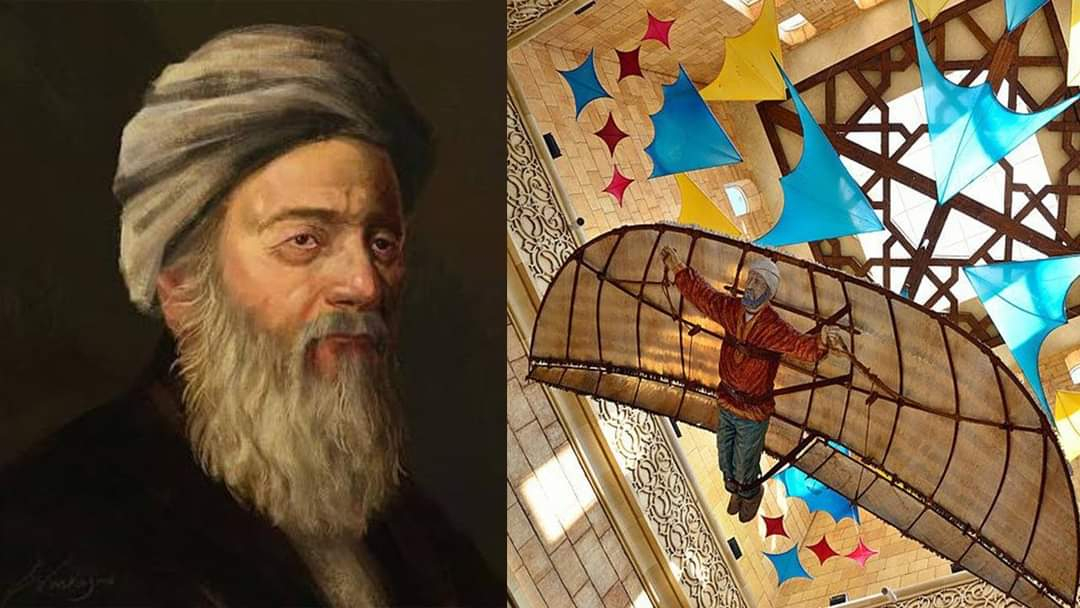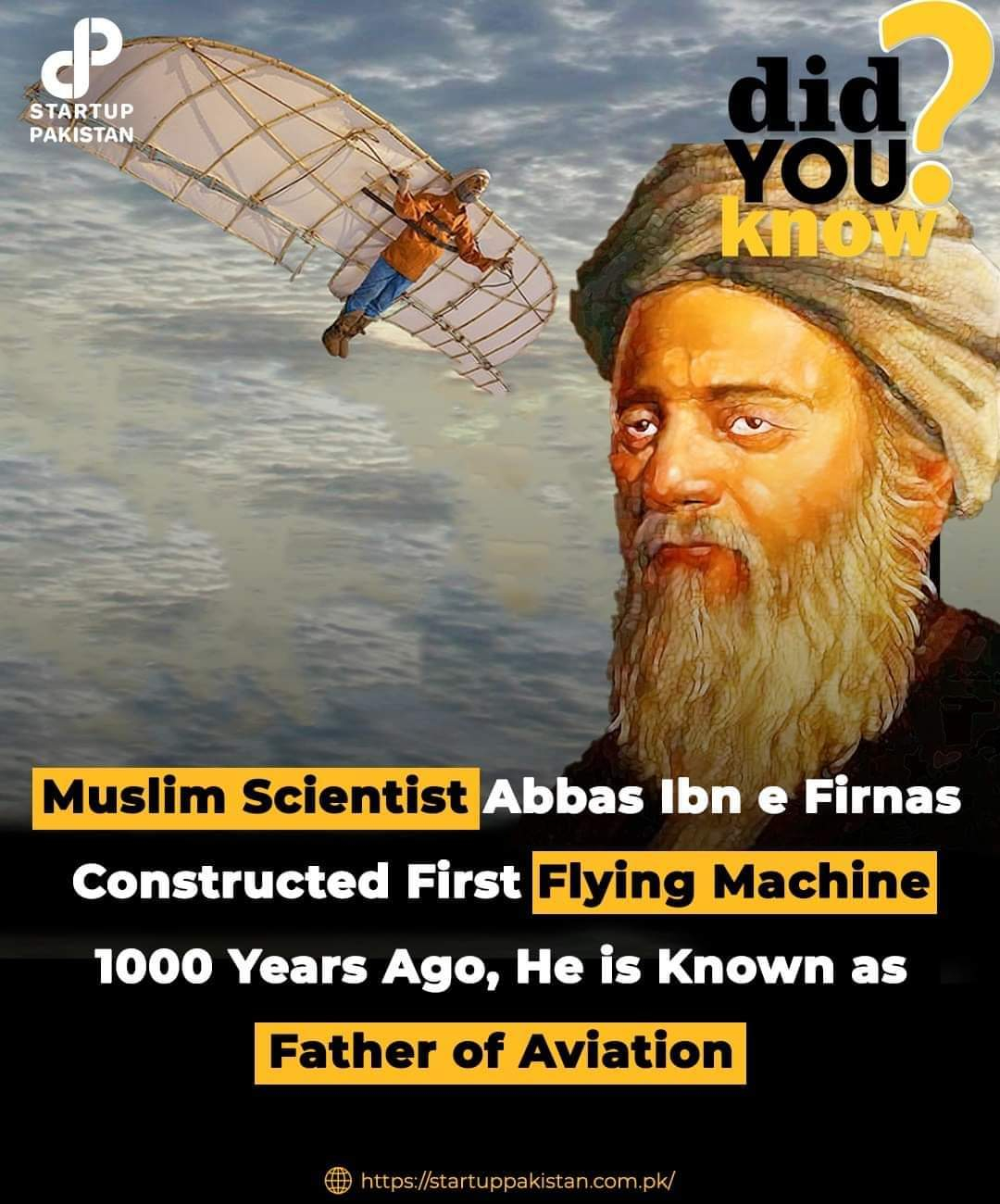️Kurtuba Camii/Katedrali, İspanya’nın Cordoba kentinde bir yapı. İspanyolcada ,(mescit)Mezquita adıyla bilinir. 600’lerde kilise olarak inşa edilmiş, 786-1146’da eklemelerle cami olarak kullanılmış, tekrar kilise olarak günümüze gelmiştir.
️Endülüs Emevileri başkenti Kurtuba’da 600 cami vardır. Bu camilerin en ihtişamlısı Kurtuba Camii’dir. Vadil-Kebir nehri kenarındaki caminin temelini 786’da I. Abdurrahman atmıştır.
️Cordoba merkez, Roma, Arap ve Hıristiyan tarihinin zengin anıtlarına sahiptir.
Minare kenarları 8,48 m’dir. Kubbe sisteminde üst üste binen kemerlerde kırmızı beyaz mermer kullanılmıştır. Cami içinde 1293 sütun vardır Bu cami bugün Cordoba Katedrali’dir.
I. Abdurrahman tarafından 785’de inşasına başlanan caminin büyüklüğü 75 m. eninde 100 m. boyundaydı. Diğer hükümdarların eklemeleriyle , 833’de mabet 175 m. uzunlukta, 134 m. genişlikte muazzam bir yapıya dönüştü. ️Caminin çevresinde 12,20 m. yükseklikte duvar vardır.
En güzel oymalı mermer mihraba sahiptir. Duvarlardaki kufî yazılar lacivert zemine altınla yazılmıştır. Mimber fildişi ve değerli taşlardan altın çivilerle yapılmıştır.
850 adet granit ve çeşitli taşlardan sütunlarıyla ; dünyada en fazla sütuna sahip mabettir.
Kemerleri iki katlı tek cami burasıdır.
️Kurtuba Camii, 1236’da katedrale çevrilmiştir. 1523’te çeşitli ilaveler yapılmıştır.
1984’de UNESCO DÜNYA MİRASI ilan edildi.
•
•
•
#europe #españa #cordoba #travel #adventure #wanderlust #vacation #travelgram #holidays #architecturephotography #andalusia #andalucia #mezquita #monumentoshistoricos #cultura #visitespaña #mezquitadecordoba #travellover
️Endülüs Emevileri başkenti Kurtuba’da 600 cami vardır. Bu camilerin en ihtişamlısı Kurtuba Camii’dir. Vadil-Kebir nehri kenarındaki caminin temelini 786’da I. Abdurrahman atmıştır.
️Cordoba merkez, Roma, Arap ve Hıristiyan tarihinin zengin anıtlarına sahiptir.
Minare kenarları 8,48 m’dir. Kubbe sisteminde üst üste binen kemerlerde kırmızı beyaz mermer kullanılmıştır. Cami içinde 1293 sütun vardır Bu cami bugün Cordoba Katedrali’dir.
I. Abdurrahman tarafından 785’de inşasına başlanan caminin büyüklüğü 75 m. eninde 100 m. boyundaydı. Diğer hükümdarların eklemeleriyle , 833’de mabet 175 m. uzunlukta, 134 m. genişlikte muazzam bir yapıya dönüştü. ️Caminin çevresinde 12,20 m. yükseklikte duvar vardır.
En güzel oymalı mermer mihraba sahiptir. Duvarlardaki kufî yazılar lacivert zemine altınla yazılmıştır. Mimber fildişi ve değerli taşlardan altın çivilerle yapılmıştır.
850 adet granit ve çeşitli taşlardan sütunlarıyla ; dünyada en fazla sütuna sahip mabettir.
Kemerleri iki katlı tek cami burasıdır.
️Kurtuba Camii, 1236’da katedrale çevrilmiştir. 1523’te çeşitli ilaveler yapılmıştır.
1984’de UNESCO DÜNYA MİRASI ilan edildi.
•
•
•
#europe #españa #cordoba #travel #adventure #wanderlust #vacation #travelgram #holidays #architecturephotography #andalusia #andalucia #mezquita #monumentoshistoricos #cultura #visitespaña #mezquitadecordoba #travellover
🕌⛪️Kurtuba Camii/Katedrali, İspanya’nın Cordoba kentinde bir yapı. İspanyolcada ,(mescit)Mezquita adıyla bilinir. 600’lerde kilise olarak inşa edilmiş, 786-1146’da eklemelerle cami olarak kullanılmış, tekrar kilise olarak günümüze gelmiştir.
🕌⛪️Endülüs Emevileri başkenti Kurtuba’da 600 cami vardır. Bu camilerin en ihtişamlısı Kurtuba Camii’dir. Vadil-Kebir nehri kenarındaki caminin temelini 786’da I. Abdurrahman atmıştır.
🕌⛪️Cordoba merkez, Roma, Arap ve Hıristiyan tarihinin zengin anıtlarına sahiptir.
Minare kenarları 8,48 m’dir. Kubbe sisteminde üst üste binen kemerlerde kırmızı beyaz mermer kullanılmıştır. Cami içinde 1293 sütun vardır Bu cami bugün Cordoba Katedrali’dir.
I. Abdurrahman tarafından 785’de inşasına başlanan caminin büyüklüğü 75 m. eninde 100 m. boyundaydı. Diğer hükümdarların eklemeleriyle , 833’de mabet 175 m. uzunlukta, 134 m. genişlikte muazzam bir yapıya dönüştü. 🕌⛪️Caminin çevresinde 12,20 m. yükseklikte duvar vardır.
En güzel oymalı mermer mihraba sahiptir. Duvarlardaki kufî yazılar lacivert zemine altınla yazılmıştır. Mimber fildişi ve değerli taşlardan altın çivilerle yapılmıştır.
850 adet granit ve çeşitli taşlardan sütunlarıyla ; dünyada en fazla sütuna sahip mabettir.
Kemerleri iki katlı tek cami burasıdır.
🕌⛪️Kurtuba Camii, 1236’da katedrale çevrilmiştir. 1523’te çeşitli ilaveler yapılmıştır.
1984’de UNESCO DÜNYA MİRASI ilan edildi.
•
•
•
#europe #españa #cordoba #travel #adventure #wanderlust #vacation #travelgram #holidays #architecturephotography #andalusia #andalucia #mezquita #monumentoshistoricos #cultura #visitespaña #mezquitadecordoba #travellover
0 التعليقات
0 نشر





